Teaching Colors and Shapes with Crafts for Kids
Teaching children about colors and shapes can be a delightful journey filled with creativity and discovery! Engaging kids in craft activities not only makes learning fun but also enhances their cognitive development. Imagine a world where vibrant colors and fascinating shapes come alive through the magic of arts and crafts. This article explores creative ways to teach children about these fundamental concepts, ensuring that they not only learn but also enjoy the process. By incorporating hands-on activities, we can spark their imagination and foster essential skills that will benefit them in their early learning years.
When children explore colors, they are not just learning to identify different hues; they are also developing their language skills, emotional expression, and visual recognition. For instance, when a child sees a bright red apple, they learn to associate that color with the object, enhancing their vocabulary. This early exposure lays the groundwork for future learning, as colors are often tied to feelings and experiences. Just think about how a sunny yellow can evoke happiness, while a deep blue can bring about calmness. By understanding these associations, children can better express their emotions and communicate their thoughts.
Shapes, on the other hand, are crucial building blocks in early mathematics education. Recognizing shapes helps children understand spatial relationships and develop problem-solving skills. For example, when a child identifies a triangle, they begin to grasp the concept of angles and dimensions, which are fundamental in geometry. As they create crafts using various shapes, they engage in a hands-on learning experience that reinforces these concepts. It's like building a foundation for a house; without a solid understanding of shapes, the structure of their mathematical knowledge might crumble later on.
In the following sections, we'll dive into exciting craft ideas that focus on teaching colors and shapes. From color mixing activities to nature-inspired crafts, each project is designed to be interactive and fun, promoting a love for learning. So, grab your scissors, glue, and a splash of creativity, and let’s embark on this colorful adventure!
Understanding colors is fundamental for children's cognitive development. This section discusses how learning colors aids in language skills, emotional expression, and visual recognition, laying the groundwork for future learning.
Shapes are essential building blocks in early mathematics education. This section will explore how recognizing shapes helps children understand spatial relationships and develop problem-solving skills.
This section provides a variety of craft ideas that focus on teaching colors. Each activity is designed to be fun and interactive, promoting hands-on learning experiences.
Exploring color mixing through crafts allows children to see firsthand how primary colors combine to create secondary colors. This engaging activity fosters creativity and experimentation.
Using natural materials for color crafts helps children connect with their environment. This section highlights projects that incorporate leaves, flowers, and stones to teach colors in an organic way.
Here, we present craft activities specifically designed to teach shapes. These projects encourage children to recognize and create shapes while having fun with their hands.
Incorporating games into shape learning makes the process enjoyable. This section discusses various interactive games that reinforce shape recognition and understanding through playful competition.
Integrating colors and shapes in craft projects enhances children’s ability to make connections between different concepts. This section provides ideas for crafts that combine both elements for comprehensive learning.
To ensure a productive and enjoyable crafting experience, this section offers practical tips for parents and educators on setting up, guiding, and encouraging children during craft activities.
Q: How can I make color learning more engaging for my child?
A: Incorporate hands-on activities like painting, color scavenger hunts, or using colored building blocks to make learning colors fun!
Q: What are some simple shape crafts I can do at home?
A: You can create shape collages, use cookie cutters to make shape prints, or build with shape blocks to reinforce shape recognition.
Q: How do I introduce color mixing to my preschooler?
A: Start with basic primary colors and let them experiment by mixing paints or colored water to see what new colors they can create!

Importance of Colors in Early Learning
Understanding colors is not just about recognizing the vibrant hues around us; it plays a crucial role in children's cognitive development. From the moment they are born, children are surrounded by a world full of colors, and learning to identify these colors can significantly enhance their language skills. For instance, when a child learns to say "red," "blue," or "green," they are not only expanding their vocabulary but also beginning to describe their environment more effectively. This foundational skill sets the stage for more complex language development as they grow.
Moreover, colors are powerful tools for emotional expression. Have you ever noticed how a child might gravitate towards a particular color when they're feeling a certain way? For example, bright colors like yellow and orange often evoke feelings of happiness and excitement, while darker shades may be associated with calmness or even sadness. By teaching children about colors, we empower them to express their feelings and emotions more clearly. Through art and crafts, they can choose colors that resonate with their mood, fostering a deeper understanding of themselves.
Colors also play a significant role in visual recognition, which is essential for early learning. Children learn to associate colors with objects, which helps them in categorizing and organizing their thoughts. For example, when a child learns that bananas are yellow and grass is green, they are developing their ability to recognize patterns and make connections. This skill is foundational for future learning in subjects like science, where categorization is key.
In addition to all these benefits, engaging children in color-related activities can be a fun and interactive way to enhance their learning experience. Here are some key areas where color learning impacts children's development:
- Language Development: Naming colors helps expand vocabulary.
- Emotional Intelligence: Colors can express feelings and moods.
- Visual Recognition: Helps in categorization and understanding the environment.
- Creative Expression: Using colors in crafts encourages creativity.
As we delve deeper into the world of colors, it's important to remember that the journey of learning is as colorful as the palette itself. By incorporating crafts that focus on colors, we not only teach children about these fundamental concepts but also engage their imaginations and creativity. So, let's get crafting and explore the vibrant world of colors together!
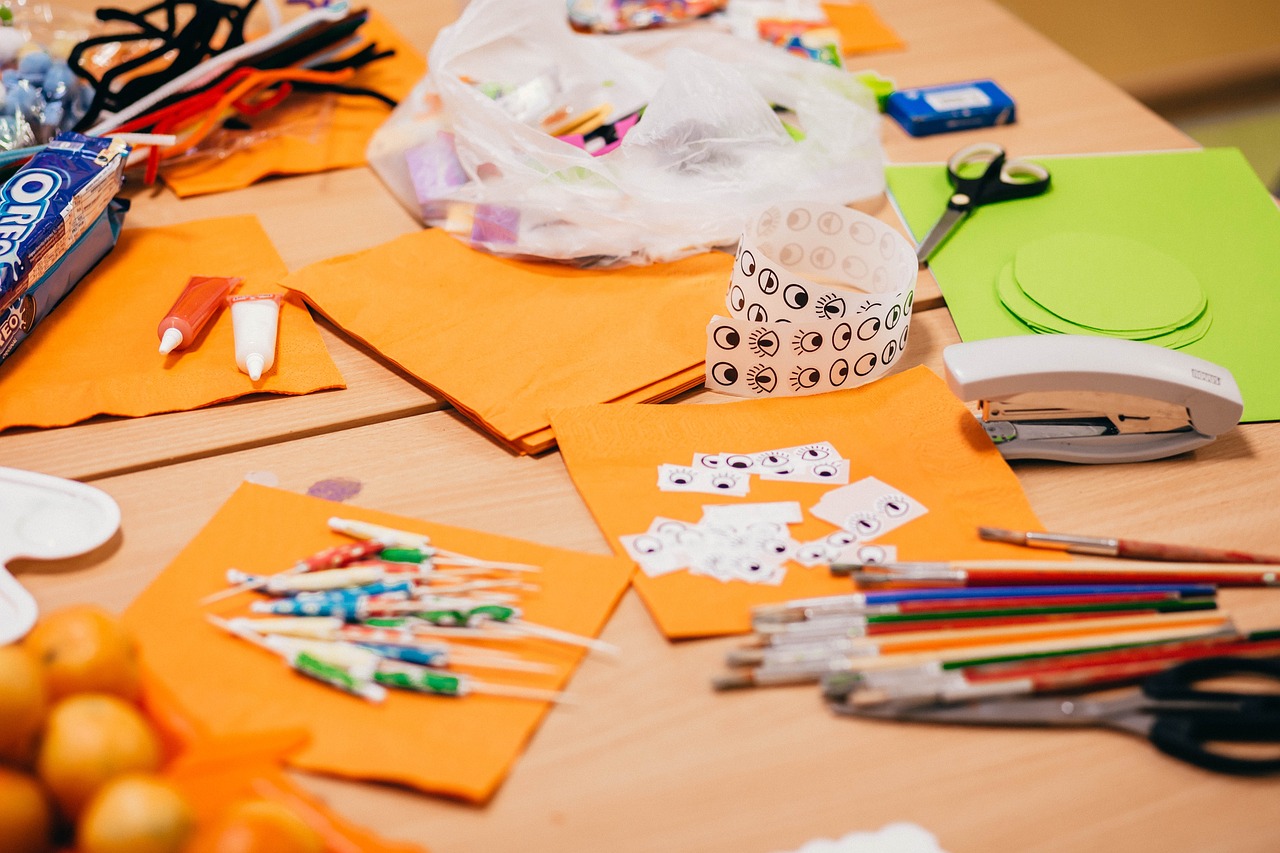
Shapes and Their Significance
Shapes are more than just figures; they are the building blocks of our understanding of the world around us. From the moment children begin to explore their environment, they encounter various shapes. Recognizing these forms is not just a fun activity; it's a crucial part of early mathematics education. Imagine a child playing with blocks, stacking them into towers. Each block is a different shape, and as they play, they are not only having fun but also learning about geometry in a hands-on way.
Understanding shapes helps children develop spatial awareness, which is vital for navigating their surroundings. For instance, when a child learns to identify a circle, they can relate it to everyday objects like wheels, plates, and even the sun! This connection between shapes and the real world enhances visual recognition and lays the groundwork for more complex mathematical concepts later on.
Moreover, shapes are fundamental in developing problem-solving skills. When children are asked to sort objects by shape, they engage in critical thinking. They must analyze, categorize, and justify their choices. This process is akin to piecing together a puzzle; each shape fits into a specific spot, and understanding where it belongs requires thought and reasoning.
To illustrate the significance of shapes in early learning, consider this table that highlights the common shapes and their relevance:
| Shape | Real-World Examples | Developmental Benefits |
|---|---|---|
| Circle | Wheels, coins, clocks | Visual recognition, spatial awareness |
| Square | Boxes, windows, tiles | Problem-solving, categorization |
| Triangle | Road signs, pyramids, sails | Critical thinking, shape identification |
| Rectangle | Books, doors, screens | Visual-spatial skills, comparison |
Incorporating shapes into daily activities can be incredibly beneficial. For instance, during snack time, parents can point out the shapes of fruits—like apples (round) and crackers (square)—to reinforce learning in a fun and tasty way. This active engagement not only solidifies their understanding but also makes learning feel effortless and enjoyable.
Ultimately, the significance of shapes in early childhood education cannot be overstated. They serve as a gateway to understanding more complex mathematical concepts and enhance children's cognitive development. By fostering an environment where shapes are recognized and celebrated, we prepare children for a future where they can confidently tackle challenges and solve problems with creativity and logic.

Craft Ideas for Teaching Colors
When it comes to teaching colors to children, crafting is one of the most exciting and interactive methods available. Not only does it engage their hands and minds, but it also allows them to explore the vibrant world around them. Here are some fun and creative craft ideas that can help children learn about colors while having a blast!
One fantastic way to introduce colors is through colorful collages. Gather a variety of colored paper, magazines, and even fabric scraps. Encourage the kids to cut out shapes or images that represent different colors and glue them onto a large sheet of paper. As they work, ask them questions like, "What color is this?" or "Can you find something blue?" This not only reinforces their color recognition but also fosters creativity and decision-making.
Another engaging activity is the color scavenger hunt. Create a simple checklist of colors and send the kids on a mission to find items around the house or yard that match each color. For example, they might find a red apple, a yellow flower, or a green leaf. Once they gather their treasures, they can create a display or even a mini scrapbook showcasing their colorful finds. This hands-on experience makes learning fun and interactive, while also promoting physical activity.
For a more artistic approach, try painting with colors. Set up a painting station with various colors of paint and large sheets of paper. Let the children experiment with mixing colors to create new shades. You can guide them by asking, "What happens when you mix blue and yellow?" This activity not only teaches them about colors but also encourages them to express their creativity freely. Plus, the joy of getting messy with paint is a bonus!
Additionally, consider incorporating nature-inspired crafts that utilize natural materials. For instance, collect leaves, flowers, and stones in different colors and let the kids create a nature mosaic. As they work, they can discuss the colors they see in nature and how those colors can be reflected in their artwork. This activity not only teaches about colors but also fosters a connection to the environment, making it a holistic learning experience.
Lastly, don’t forget about the power of colorful sensory bins. Fill a bin with colored rice, beans, or pasta and hide small toys or items in matching colors. As children dig through the bin, they can sort the items by color, enhancing their recognition skills while engaging their senses. This tactile experience is particularly beneficial for younger children, as it combines play with learning.
In conclusion, teaching colors through crafts is not just about the end product; it's about the journey of exploration and discovery. By engaging children in hands-on activities, you help them develop a deeper understanding of colors while nurturing their creativity. So grab those craft supplies and let the colorful adventures begin!

Color Mixing Activities
Engaging children in is not just a fun pastime; it’s a fantastic way to ignite their curiosity and creativity! Imagine a world where kids can experiment with colors, transforming their artistic visions into vibrant realities. By exploring how primary colors blend to create secondary colors, children not only learn about color theory but also develop their fine motor skills as they manipulate paints and other materials.
One great activity involves using water and food coloring. Simply set up a few clear containers filled with water and let the kids add different drops of food coloring. As they mix, they’ll witness the magic of colors merging right before their eyes! This hands-on experience is not only visually stimulating but also reinforces their understanding of how colors interact. You can ask questions like, “What do you think will happen when we mix red and blue?” to spark their critical thinking.
Another exciting option is to use paint and brushes. Provide children with primary colors—red, blue, and yellow—and allow them to create their own masterpieces on canvas or paper. Encourage them to explore mixing colors directly on their palette or even on the canvas itself. This not only enhances their understanding of color blending but also fosters their artistic expression. You might be surprised at how much they enjoy the process of experimentation!
For a more structured approach, consider introducing a color wheel activity. Create a simple color wheel using a paper plate divided into sections. Let the children paint each section with the primary colors and then mix them in the overlapping areas to see the secondary colors emerge. This visual representation helps solidify their grasp of color relationships while making the learning process interactive and enjoyable.
Incorporating sensory elements can also elevate these color mixing activities. For instance, using different textures like sponges, brushes, or even fingers can add an extra layer of fun. Children can explore how the same colors look and feel when applied differently, making the learning experience multidimensional. Remember, the goal is not just to teach them about colors but to create an environment where they feel free to explore and express themselves.
In conclusion, color mixing activities are an excellent way to teach children about colors in an engaging and memorable manner. By providing them with the tools and freedom to experiment, you not only enhance their understanding of color theory but also nurture their creativity and problem-solving skills. So, grab some paints, food coloring, or even natural materials, and let the colorful adventures begin!
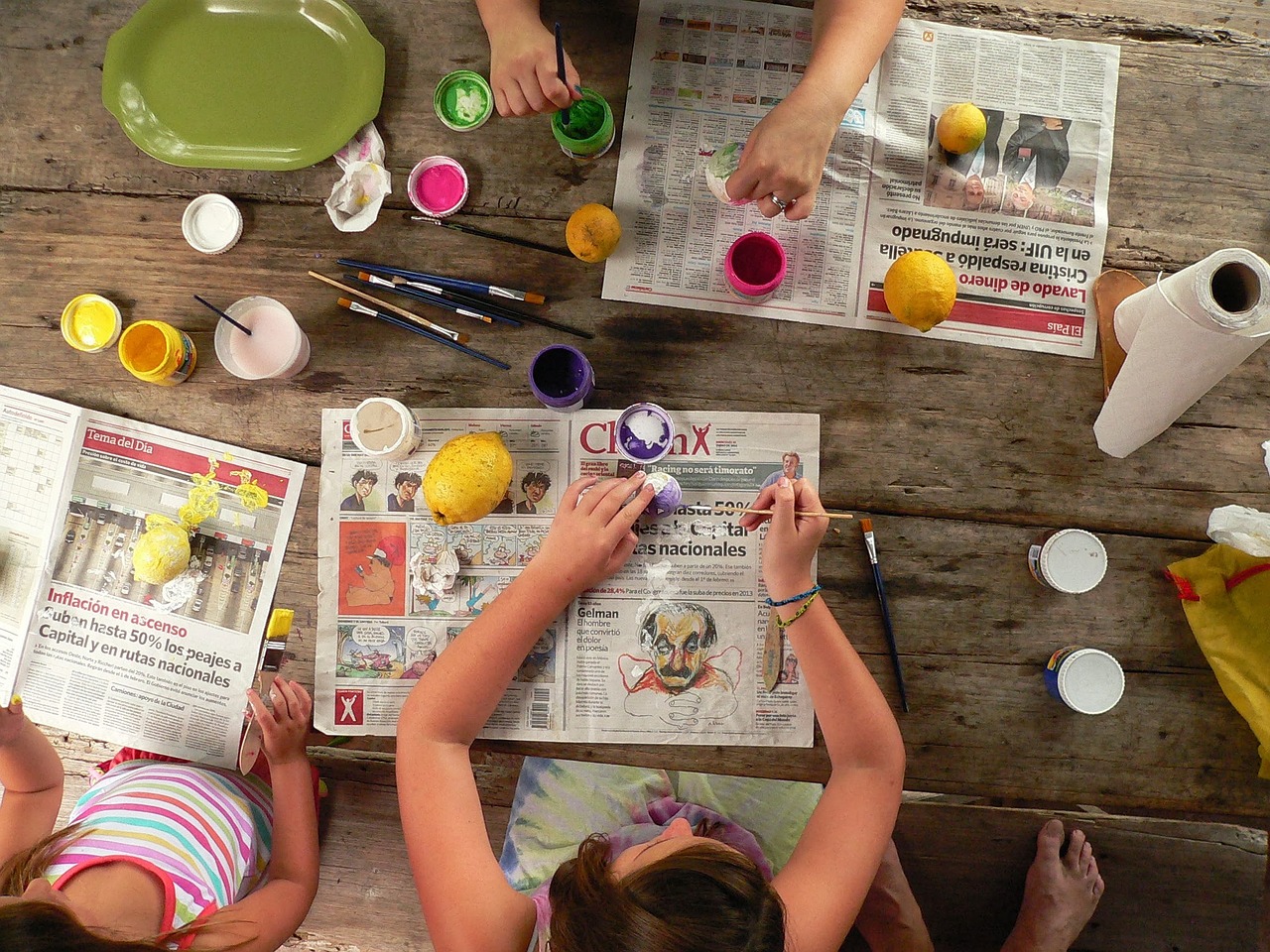
Nature-Inspired Color Crafts
Engaging children with not only teaches them about colors but also fosters a love for the environment. Imagine the thrill of collecting vibrant leaves, colorful flowers, and interesting stones, and then transforming these natural treasures into beautiful art projects. This hands-on approach allows children to explore the world around them while learning about color recognition in a fun and interactive way.
One delightful activity is to create a nature color wheel. Children can gather various natural items and arrange them in a circular pattern to represent the spectrum of colors. This project not only enhances their understanding of colors but also encourages them to notice the subtle differences in shades and hues found in nature. For example, a simple walk in the park can yield a variety of greens, yellows, and browns, which can be used to create a stunning color wheel.
Another exciting craft is flower stamp painting. By using the petals of flowers as stamps, children can dip them in paint and press them onto paper, creating unique and colorful prints. This not only teaches them about colors but also allows them to experiment with different flower shapes and how they can create patterns. The tactile experience of stamping with flowers adds an extra layer of sensory learning, making it a memorable activity.
Additionally, creating a nature collage can be a fantastic way for kids to explore colors. They can collect various items like leaves, twigs, and petals, and then glue them onto a canvas or cardboard. As they work, encourage them to categorize the items by color. This not only reinforces their color recognition skills but also enhances their fine motor skills as they cut, glue, and arrange their collage.
When engaging in these activities, it’s essential to remind children that nature is a palette of colors waiting to be discovered. Encourage them to observe how different elements in the environment contribute to the overall beauty of their creations. By combining creativity with nature, children learn that the world is full of possibilities, and they can express themselves in countless ways.
Here’s a quick overview of some nature-inspired crafts that incorporate color learning:
| Craft Activity | Description |
|---|---|
| Nature Color Wheel | Collect natural items and arrange them in a circular pattern to represent the color spectrum. |
| Flower Stamp Painting | Use flower petals as stamps to create colorful prints on paper. |
| Nature Collage | Gather leaves, twigs, and petals to create a colorful collage on canvas or cardboard. |
Incorporating these nature-inspired crafts into your teaching methods not only makes learning about colors enjoyable but also instills a sense of appreciation for the natural world. So grab those art supplies and head outdoors—there’s a rainbow of colors waiting to be discovered!
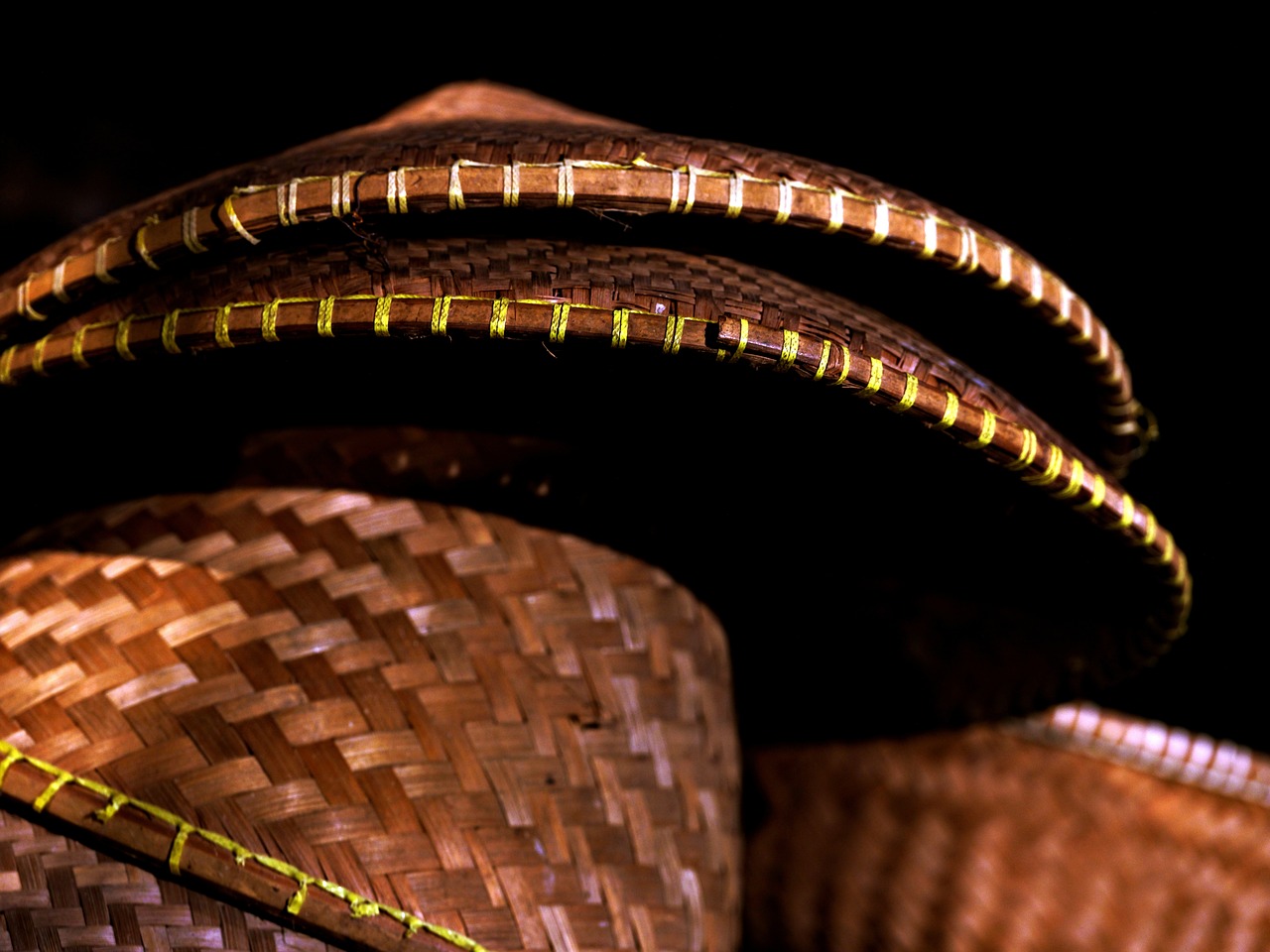
Craft Ideas for Teaching Shapes
When it comes to teaching shapes to young children, the best way to make the learning process enjoyable is through hands-on activities. Crafting not only enhances their understanding of geometric forms but also stimulates their creativity. One fantastic craft idea is to create a Shape Collage. Gather various colored papers and cut them into different shapes such as circles, squares, triangles, and rectangles. Let the kids glue these shapes onto a larger piece of paper to form a vibrant collage. This activity not only reinforces shape recognition but also allows children to explore their artistic side.
Another engaging activity is the Shape Hunt. This can be done indoors or outdoors. Give children a checklist of different shapes and encourage them to find objects that match these shapes. For example, they might discover a round clock, a square window, or a triangular roof. This real-world application of shape recognition helps solidify their understanding in a fun and interactive way. You can even turn it into a game by timing how quickly they can find all the shapes!
For a more tactile experience, consider making Shape Stamps. Use foam sheets to cut out various shapes, then attach them to a block or a bottle cap to create stamps. Provide washable paint and let the children stamp shapes onto paper. This not only teaches them about shapes but also introduces them to the concept of pattern-making. As they create patterns, they can discuss the shapes they are using, enhancing their vocabulary and understanding.
Additionally, you can incorporate Shape Building with Clay. Give kids some modeling clay or playdough and challenge them to create different shapes. This is a fantastic way for them to learn about the properties of shapes and how they can manipulate materials to form them. As they roll, flatten, and mold the clay, they are also developing fine motor skills, which are crucial at this stage of their development.
Lastly, you can create a Shape Mobile. Cut out various shapes from colorful paper or cardstock, and let the children decorate them with markers or stickers. Once decorated, help them string the shapes together to create a mobile that they can hang in their room. This not only reinforces shape recognition but also serves as a beautiful decoration that they can be proud of.
In summary, these craft ideas for teaching shapes provide a blend of fun and education. By engaging in these activities, children will not only learn to recognize shapes but also develop their creativity and fine motor skills. The key is to keep the activities light-hearted and enjoyable, allowing the children to explore and express themselves freely.
Q: How can I make shape learning more effective for my child?
A: Incorporate a variety of hands-on activities, such as crafts and games, that encourage exploration and creativity. Use everyday objects to help them recognize shapes in their environment.
Q: At what age should my child start learning about shapes?
A: Children typically begin to recognize shapes around the age of 2. However, introducing shapes through play and crafts can start even earlier, making learning fun and engaging.
Q: What materials do I need for shape crafts?
A: Basic materials include colored paper, scissors, glue, markers, clay, and paint. You can also use household items like cardboard, fabric scraps, and natural materials for added creativity.
Q: How can I assess my child's understanding of shapes?
A: Engage them in conversations about shapes during activities and ask them to identify shapes in their surroundings. You can also create simple quizzes or games to test their knowledge in a fun way.
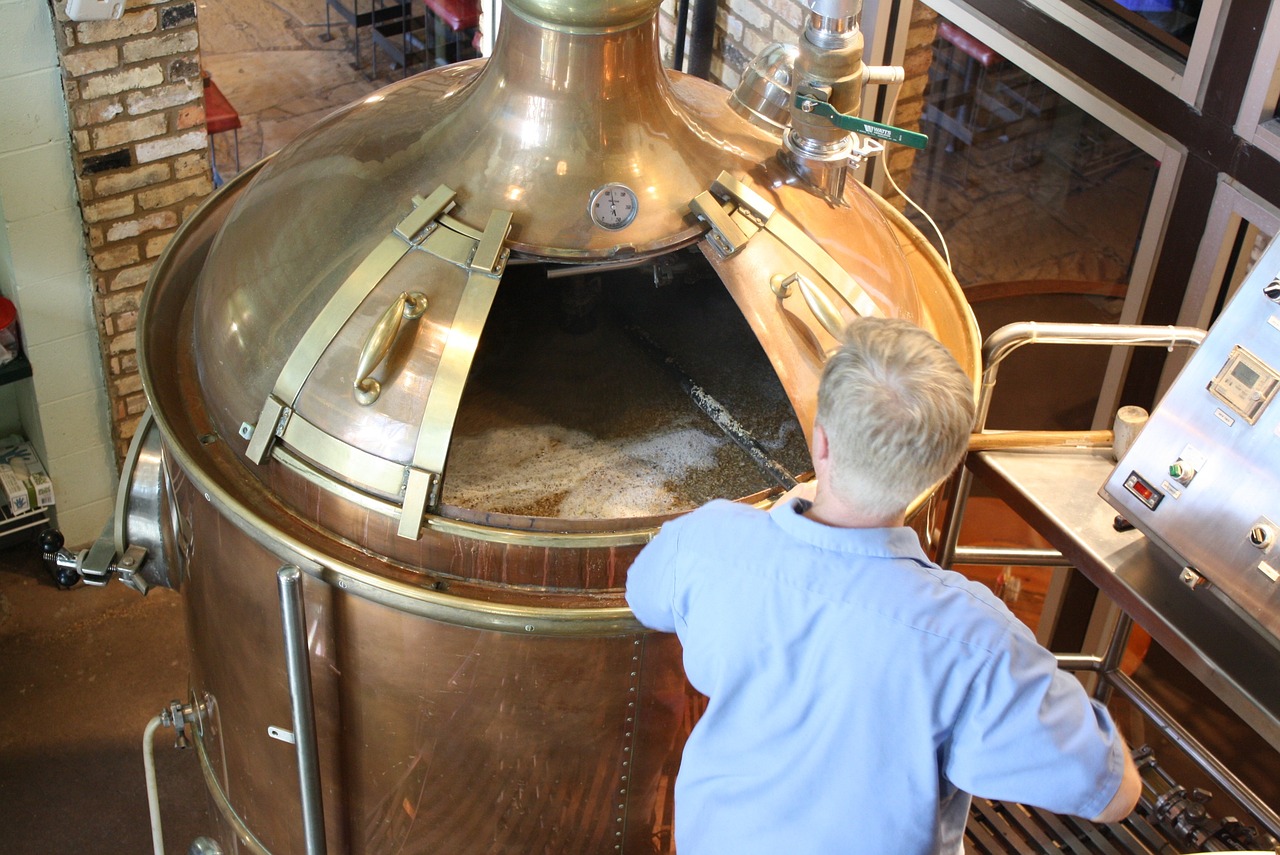
Interactive Shape Games
When it comes to teaching shapes, nothing beats the excitement of interactive games. These activities not only make learning fun but also help children internalize concepts through play. Imagine a world where kids are jumping up and down, eagerly shouting out the names of shapes as they engage in friendly competition! That’s the magic of interactive shape games. They transform abstract ideas into tangible experiences that kids can relate to.
One fantastic game you can try is the Shape Scavenger Hunt. In this game, children are given a list of shapes to find around the house or classroom. Not only does this encourage them to recognize shapes in their environment, but it also promotes movement and exploration. For instance, ask them to find a circle (like a clock), a square (like a window), or a triangle (like a roof). You can even make it a timed challenge to add an element of excitement!
Another engaging activity is the Shape Sorting Relay. For this game, set up a series of bins labeled with different shapes. Divide the children into teams and give them a collection of shape cutouts. The challenge is for each team to race to sort the shapes into the correct bins. This game not only reinforces shape recognition but also fosters teamwork and communication skills. Plus, the energy of a relay race keeps the atmosphere lively!
To add a twist, consider incorporating technology with a game like Shape Pictionary. In this game, one child draws a shape on a digital drawing pad or a whiteboard while the others guess what it is. This encourages creativity and allows children to express their understanding of shapes visually. It’s a great way to blend traditional learning with modern tools, making the experience even more appealing.
For a quieter activity, you might want to try Shape Bingo. Create bingo cards with various shapes and call them out randomly. As children mark their cards, they’ll reinforce their shape knowledge while enjoying the thrill of the game. This can easily be adapted for different age groups by varying the complexity of the shapes used.
Ultimately, the goal of these interactive shape games is to create an environment where children feel excited about learning. By incorporating play into education, we can help them develop a solid foundation in shape recognition that will serve them well in their future studies. So, gather some materials, invite the kids, and get ready for a fun-filled learning experience!
Q: How can I make shape games more challenging for older kids?
A: You can increase the complexity by introducing more intricate shapes or combining shapes to form new ones. Additionally, consider adding time limits or requiring kids to explain the properties of each shape they find.
Q: What materials do I need for these games?
A: Most games require simple materials like cutouts of shapes, bins for sorting, or drawing tools. You can also use everyday items to represent shapes, making the games more relatable and engaging.
Q: Can these games be adapted for kids with special needs?
A: Absolutely! Tailor the games to fit the child’s abilities. For example, use larger shapes for easier handling or provide visual aids to help with recognition. The key is to create an inclusive environment where every child can participate and learn.

Combining Colors and Shapes in Crafts
When it comes to teaching children, combining colors and shapes in crafts is like creating a colorful tapestry of learning! Imagine the joy on a child's face when they realize that a red circle or a blue square isn’t just a shape, but something that can be transformed into a fun craft. This integration not only makes the learning process more enjoyable but also enhances their cognitive skills by allowing them to see the connections between different concepts.
One fantastic way to combine colors and shapes is through collage-making. Gather various colored papers and cut them into different shapes. Encourage the kids to create their own unique artwork by gluing these shapes onto a larger sheet. This hands-on activity not only fosters creativity but also reinforces their understanding of how colors and shapes interact. For instance, they might use a yellow triangle to create the sun and a green rectangle for a tree, bringing their imagination to life!
Another engaging activity is to create a shape color wheel. You can prepare a simple circle divided into sections, each representing a different color. Then, have the children decorate each section with various shapes of that color. This not only makes for a vibrant display but also helps them grasp the concept of color mixing and the significance of shapes in our world. By seeing how a purple square or a orange circle fits into the larger picture, they can better understand how these elements coexist.
Incorporating storytelling into these craft activities can also be incredibly beneficial. For example, you could read a story that features different shapes and colors, and then have the children create their own characters or scenes from the story using colored shapes. This not only reinforces their learning but also sparks their imagination, allowing them to express their thoughts and feelings through art.
To help facilitate this combined learning, here are some essential tips:
- Encourage Exploration: Allow children to experiment with various colors and shapes without strict guidelines. This freedom fosters creativity and innovation.
- Ask Questions: Prompt them with questions like, "What happens when you mix blue and yellow?" or "Can you find a shape that looks like a window?" This encourages critical thinking.
- Celebrate Their Work: Display their crafts prominently. This recognition boosts their confidence and reinforces their learning experience.
Combining colors and shapes in crafts not only makes learning more dynamic but also helps children develop a deeper understanding of the world around them. As they engage in these activities, they are not just learning; they are exploring, creating, and expressing themselves in ways that are both meaningful and memorable.
Q: What age is appropriate for combining colors and shapes in crafts?
A: Children as young as 2-3 years old can begin exploring colors and shapes through simple crafts. As they grow, activities can become more complex.
Q: How can I make these activities more challenging?
A: Introduce concepts like symmetry, patterns, or even 3D shapes as children become more comfortable with basic colors and shapes.
Q: What materials do I need for these crafts?
A: Basic materials include colored paper, scissors, glue, markers, and natural items like leaves or stones. The possibilities are endless!
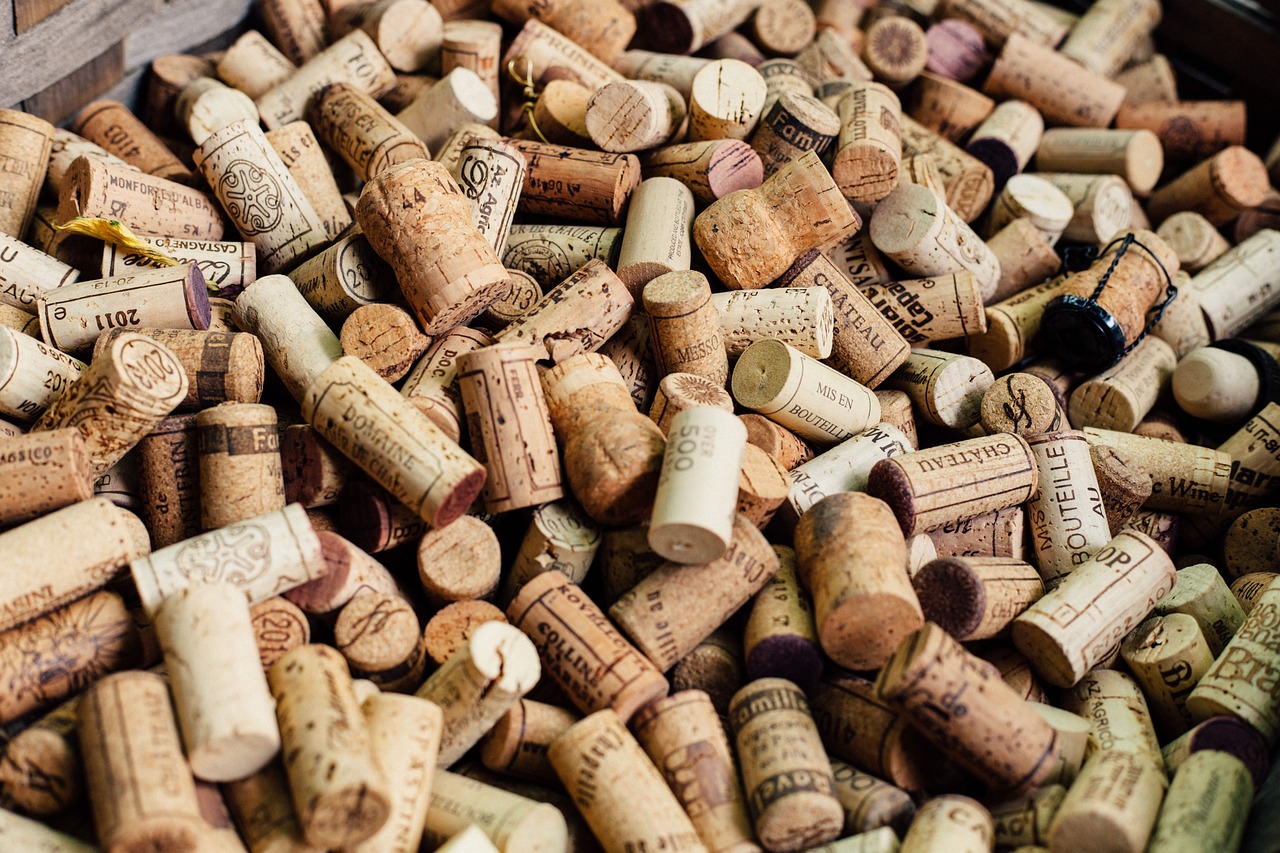
Tips for Successful Crafting Sessions
Crafting with kids can be an absolute blast, but it can also turn into a chaotic mess if you're not prepared. To ensure that your crafting sessions are both productive and enjoyable, there are several tips to keep in mind. First and foremost, set the scene. Create a designated crafting area that is well-lit and spacious enough for the children to move around freely. This could be a table in the living room or a spot in the backyard. Make sure to cover surfaces with newspapers or a plastic tablecloth to catch any spills or messes. After all, we want to focus on creativity, not on cleaning!
Another key aspect is to gather all materials in advance. Before the crafting begins, take some time to collect all the supplies you’ll need—papers, paints, brushes, scissors, and any other craft items. Having everything at hand not only saves time but also keeps the kids engaged and focused on the task at hand. Imagine starting a fun project only to realize you’re missing half the materials; it can be a real buzzkill!
In addition, encourage creativity by allowing the children to express themselves freely. Instead of strictly guiding them with a “this is how it should look” approach, let them explore their own ideas. You might be surprised by what they come up with! Emphasize that there are no mistakes in art, just opportunities to try something new. This open-ended approach can lead to some truly unique creations.
Moreover, consider incorporating timed sessions into your crafting activities. Kids can sometimes lose interest quickly, so setting a timer for each segment can keep the momentum going. For example, allocate 15 minutes for painting, followed by another 15 minutes for assembling their crafts. This keeps the energy high and the kids engaged. Plus, it adds a fun element of urgency to the crafting process!
Don't forget to celebrate their creations once the crafting session is complete. Take the time to display their artwork proudly, whether on the fridge, a wall, or even in a dedicated 'art gallery' area. This not only boosts their confidence but also reinforces the idea that their efforts are valued. You could even organize a mini exhibition where they can showcase their work to family or friends!
Lastly, always be ready to adapt and be flexible. Sometimes, crafts won’t go as planned, and that’s perfectly okay! If a project is too challenging or if the kids are losing interest, feel free to switch gears. The goal is to have fun and foster creativity, so don’t be afraid to improvise and try something new on the fly!
Q: What age is appropriate for crafting activities?
A: Crafting activities can be tailored to various age groups. For toddlers, simple projects like finger painting or collage making are ideal. As children grow, you can introduce more complex activities like sewing or building models.
Q: How can I make clean-up easier after crafting?
A: To make clean-up easier, lay down a plastic sheet or old newspapers before starting. Encourage kids to put away their materials as they finish using them, and have wet wipes or damp cloths handy for quick clean-ups.
Q: Are there any safety tips for crafting with young children?
A: Yes! Always supervise young children with scissors and other sharp tools. Use child-safe scissors and non-toxic materials. It's also a good idea to have first-aid supplies on hand, just in case.
Frequently Asked Questions
- What age is appropriate for teaching colors and shapes through crafts?
Generally, children as young as 2 years old can start learning about colors and shapes through simple crafts. Engaging them in hands-on activities not only makes learning fun but also helps develop their fine motor skills. As they grow, you can introduce more complex projects that challenge their understanding and creativity.
- How can I make color mixing activities safe and enjoyable for kids?
To ensure safety and enjoyment during color mixing, use non-toxic, washable paints and have aprons or old clothes ready for the kids. Set up a designated area for the activity, and provide various tools like brushes, sponges, and droppers to make the process exciting. Encourage exploration and experimentation, as this is where the magic of learning happens!
- What materials are best for nature-inspired color crafts?
For nature-inspired color crafts, consider using items like leaves, flowers, stones, and even twigs. These materials can be found during nature walks and offer a wonderful way for children to connect with their environment. Additionally, using natural dyes from fruits and vegetables can enhance the crafting experience while teaching about colors.
- Can interactive games really help with shape recognition?
Absolutely! Interactive games are a fantastic way to reinforce shape recognition while keeping children engaged. Games like shape scavenger hunts or shape bingo can turn learning into a fun competition, making it easier for kids to remember different shapes through play.
- How can I combine colors and shapes in a single craft activity?
Combining colors and shapes can be as simple as creating a colorful shape collage. Provide pre-cut shapes in various colors and let children glue them onto a canvas or paper. Another fun idea is to have them paint shapes using different colors, allowing them to explore both concepts simultaneously while expressing their creativity!
- What tips can help make crafting sessions more successful?
To ensure a successful crafting session, start by organizing all materials beforehand. Keep the environment relaxed and encouraging, allowing children to express themselves freely. It's also helpful to demonstrate each step of the craft while allowing for flexibility in their creations. Remember, the goal is to have fun while learning!



















